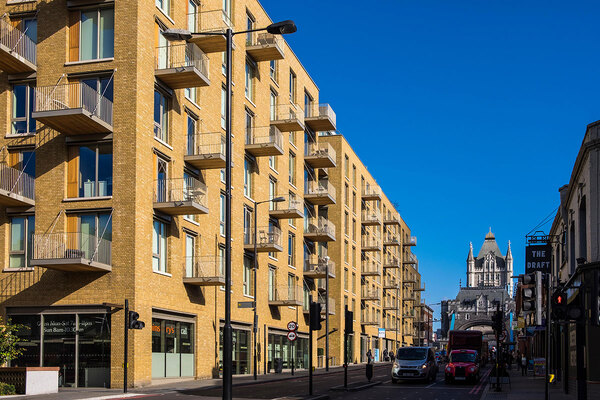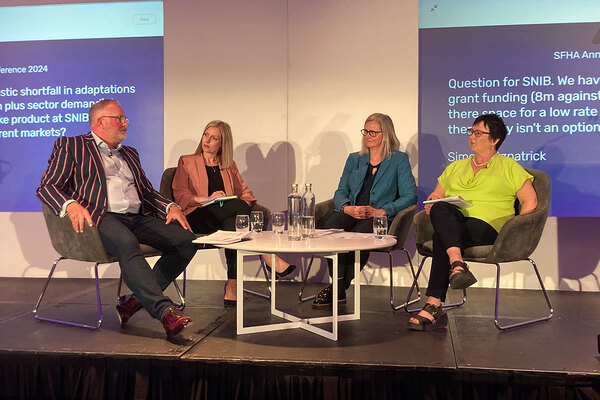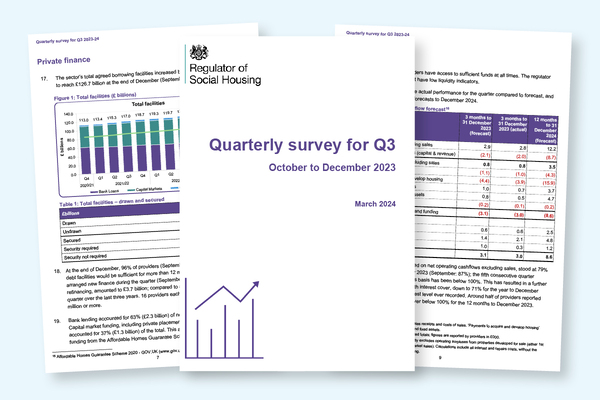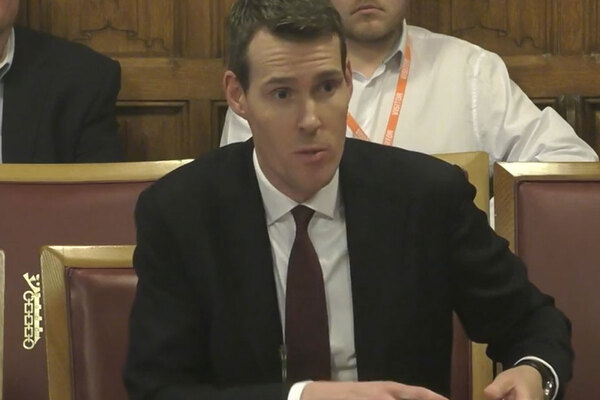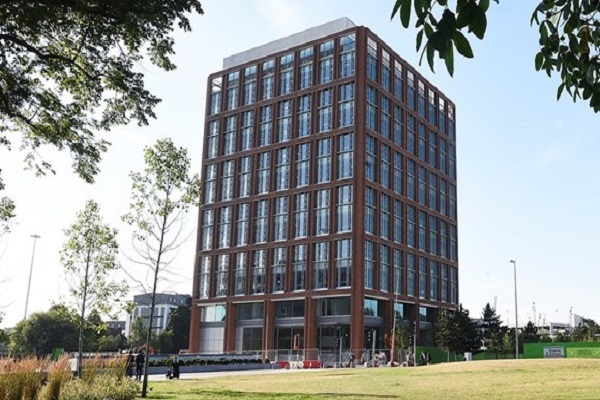You are viewing 1 of your 1 free articles
Major banks highlight increasing need to move away from including major repairs in interest cover covenants
A number of large lenders are moving away from interest cover covenants that include major repairs, as social landlords struggle to keep within the bounds of their loan agreements.

Currently, providers use either an EBITDA MRI (earnings before interest, tax, depreciation and amortisation, major repairs included) or EBITDA interest cover measure to show how capable they are paying off the interest on their debts.
Several banks told Inside Housing that they were increasingly taking the decision to remove the MRI part of the metric on a case-by-case basis, as housing associations struggle to keep their interest cover above 100%.
Sharp increases in interest rates and inflation, coupled with the need to invest more heavily in repairs and maintenance, building safety, damp and mould works and decarbonisation have ramped up the pressure on landlords.
These added costs have led to providers’ interest coverage ratios (ICRs) dropping steadily.
A Santander spokesperson told Inside Housing that the bank had “supported future-proofing of ICR covenants for a number of years now”.
“Without this pragmatic approach, the retention of EBITDA MRI-based covenants has the potential to be another constraining factor on housing associations’ asset investment, which is fundamental for tenant safety and energy efficiency,” they said.
Interest cover among English providers has fallen to a record low, according to the Regulator of Social Housing’s most recent quarterly survey.
EBITDA MRI interest cover is one of a number of ‘value for money’ metrics the regulator uses to measure the economy, efficiency and effectiveness of registered providers.
A “consistent approach by lenders” was needed, the Santander spokesperson added, to make sure “one lender’s retention of an EBITDA MRI ICR covenant does not mitigate the benefit of EBITDA ICR covenants documented elsewhere”.
They also called for “an aligned approach to ICR metrics across all sector stakeholders”, including rating agencies and the English regulator.
David Cleary, managing director and head of housing for commercial banking at Lloyds, told Inside Housing the bank altered its social housing lending policy last year to allow associations to “accelerate spending” on tenant safety, damp and mould, retrofit and housebuilding.
“Where clients have migrated to an EBITDA test, we calculate a combined year-one increase in financial capacity of over £500m and a cumulative increase of around £3bn over a five-year period,” Mr Cleary said.
He added that the transition to an EBITDA covenant “should be supported by a business plan detailing the expenditure and revised financial projections”.
Melanie Russell, regional head of housing at Lloyds, recently told delegates at the Scottish Federation of Housing Associations’ annual conference that there had been a “real shift” towards removing the MRI component of covenants.
Paul Eyre, head of residential and housing finance at NatWest, said the lender understood “the challenges that increased costs, such as for decarbonisation, have on operating performance”.
He explained that the bank was “keen for customers to engage” if they felt their “current financial covenants, including MRI, are preventing them from investing in vital areas”.
“We will work with them to agree an approach that balances the ability to invest in the short term with the medium-term financial sustainability of their organisation,” he added.
Research from Chatham Financial, the risk management firm, suggests the average ICR would increase around 1.20x across 200 providers if they were to move to EBITDA only.
The extra spending on existing stock meant “much of the sector either has negotiated, is in the process of or is planning to negotiate with funders to amend interest cover covenants from EBITDA MRI to remove the major repairs elements from calculations”, said James Tarrant, director at Savills Financial Consultants.
While this approach could give landlords more financial flexibility, a spokesperson for UK Finance, the industry association, said “this does suggest potential cash outflows, and lower cash interest coverage, over an extended period”.
If EBITDA-based covenants did become widespread, UK Finance said, it “could trigger issues with loan covenant compliance, which could also trigger regulatory concerns about financial viability in the sector”.
Covenants were being revised, “either on a time-limited or permanent basis”, Mr Tarrant said, with most funders being “supportive”, provided there was a clear rationale.
In cases where lenders were offering time-limited amendments, this was “often where the term of the debt significantly exceeds that of the required spend”.
“Funders are starting to think about specific funding for retrofit projects and investment in existing homes,” Mr Tarrant added, pointing to a shift away from the norm of using new funding for development.
The sector has been agreeing carve-outs with lenders for specific costs, such as building safety, for some time.
In March, Inside Housing reported that an increasing number of housing associations were seeking loan carve-outs to navigate the challenging economic climate. Several G15 landlords, including Hyde and MTVH, already have carve-outs to cover their building safety costs.
Sign up for our development and finance newsletter
Already have an account? Click here to manage your newsletters
